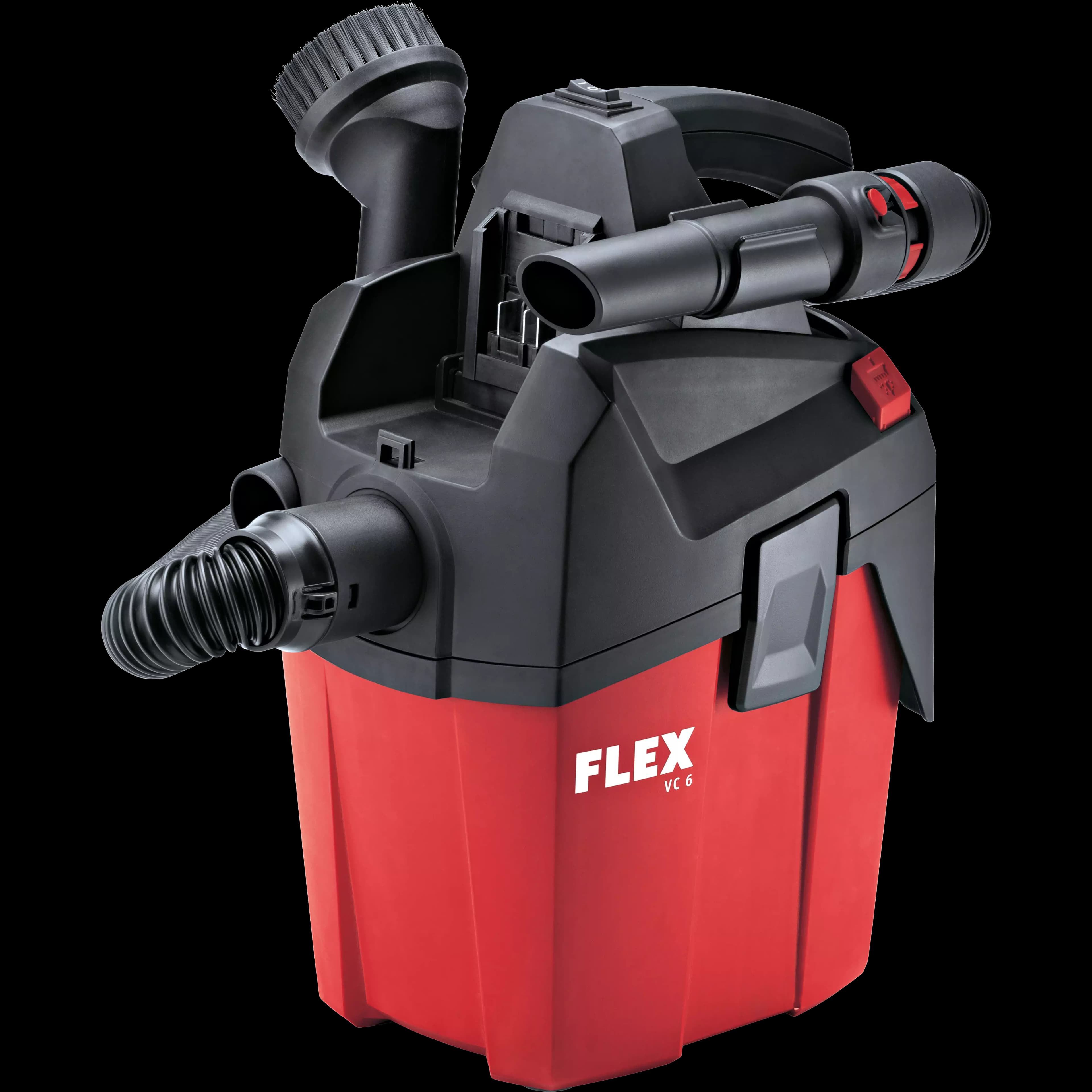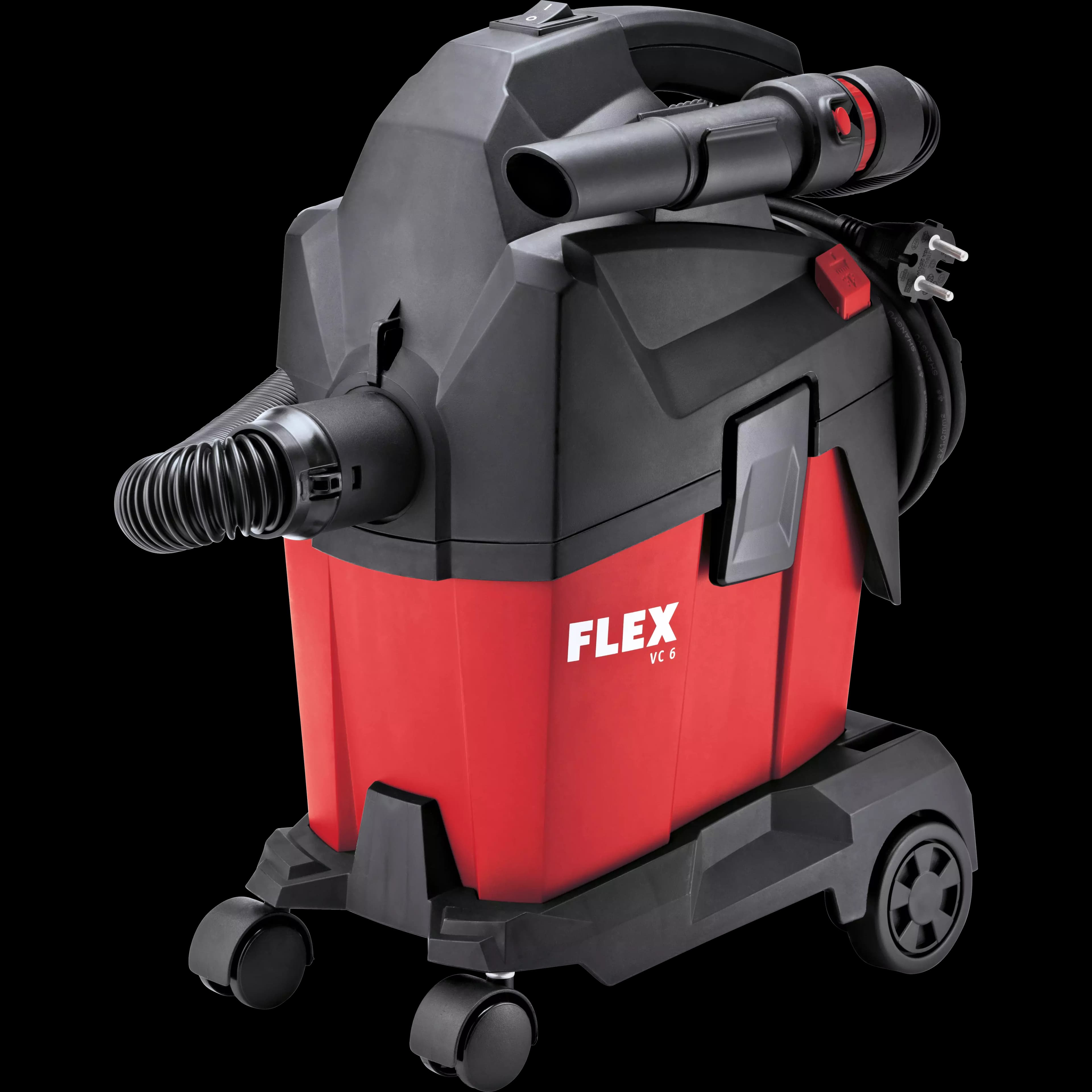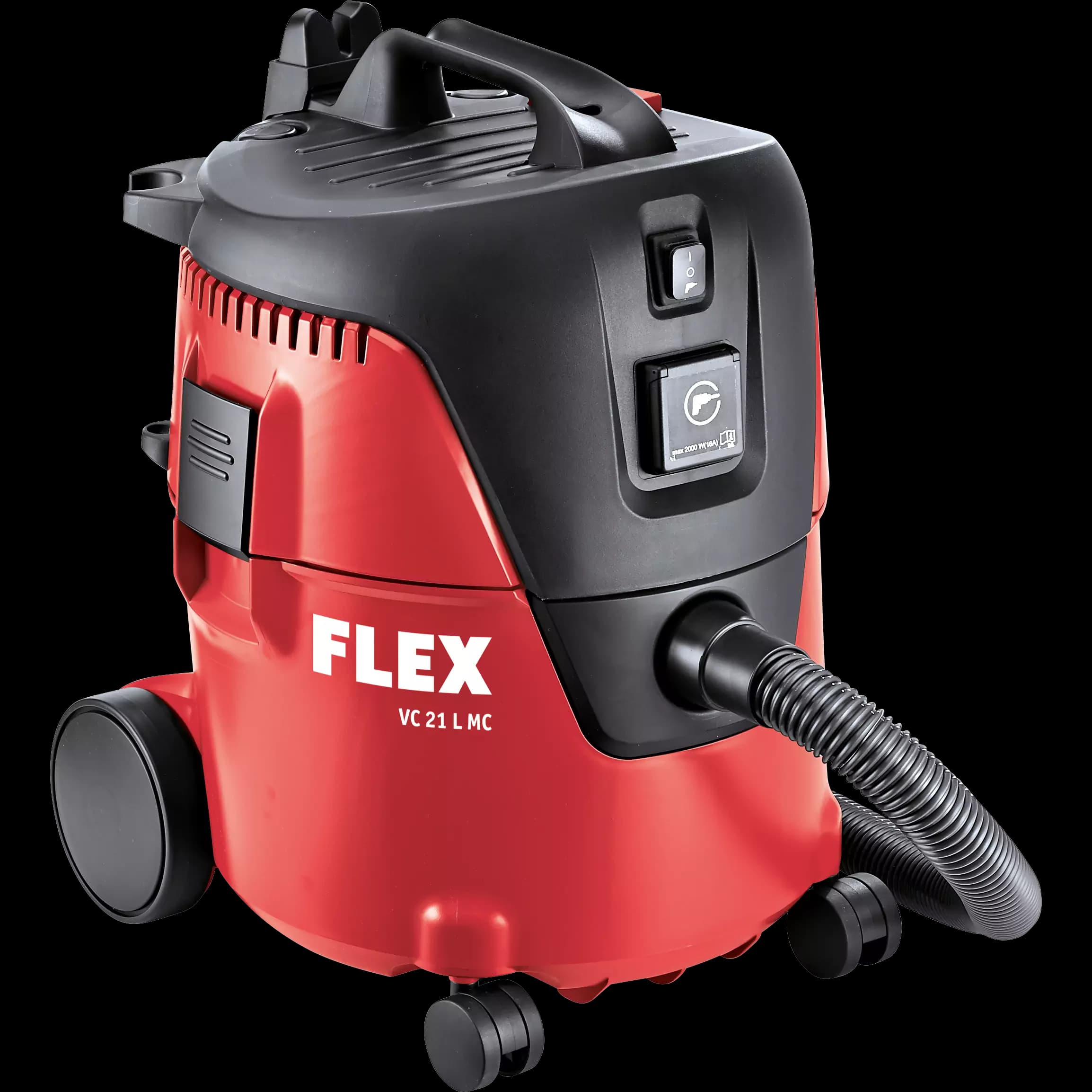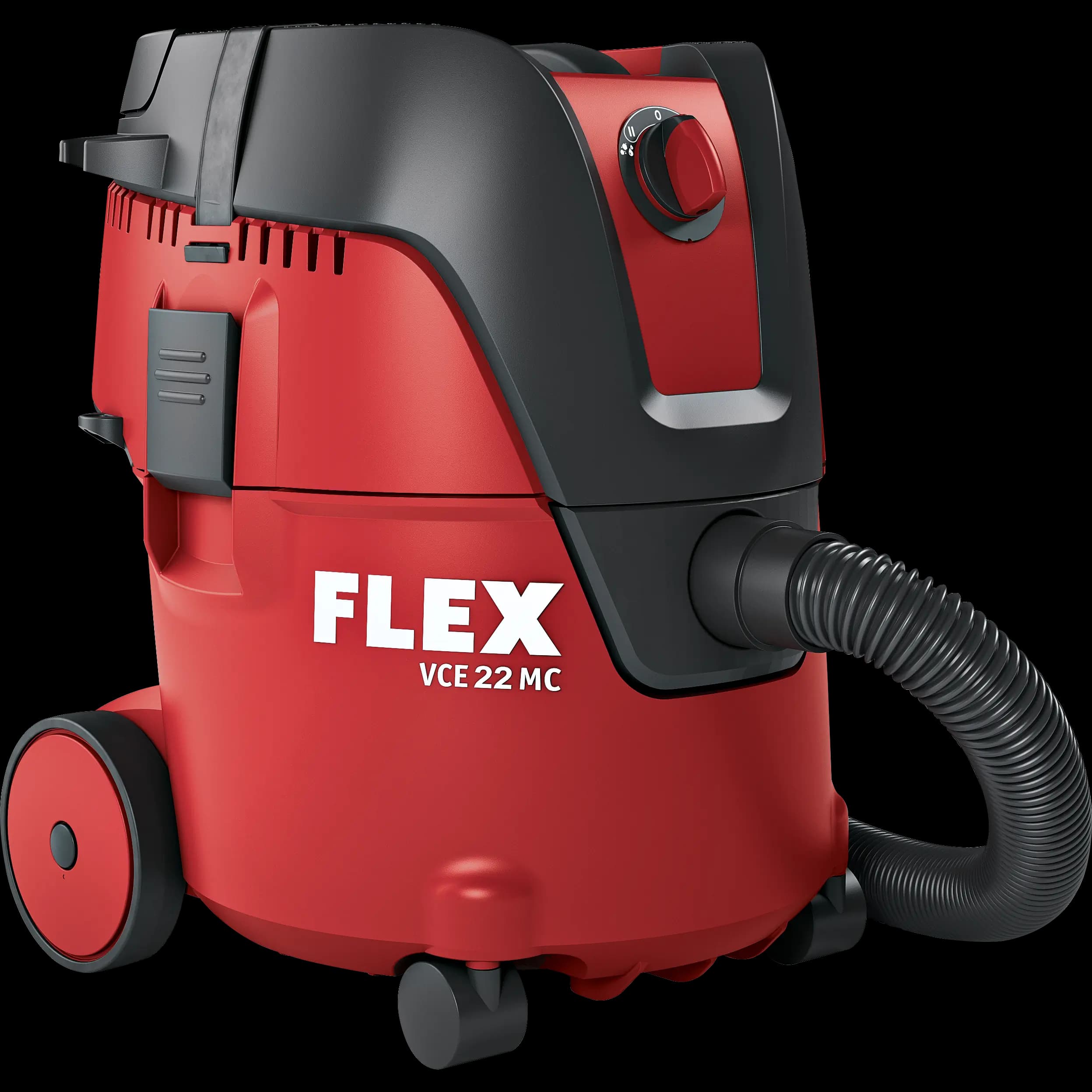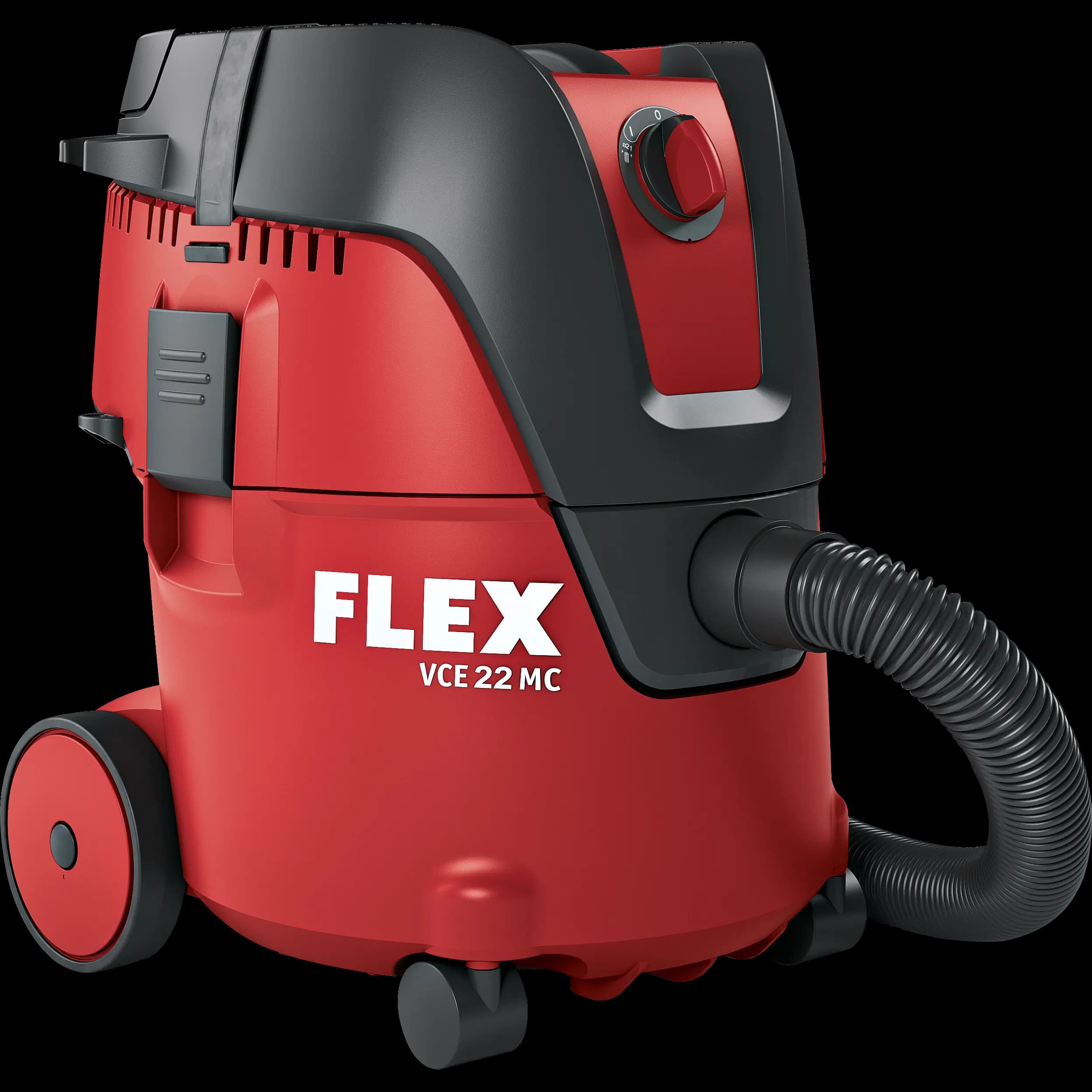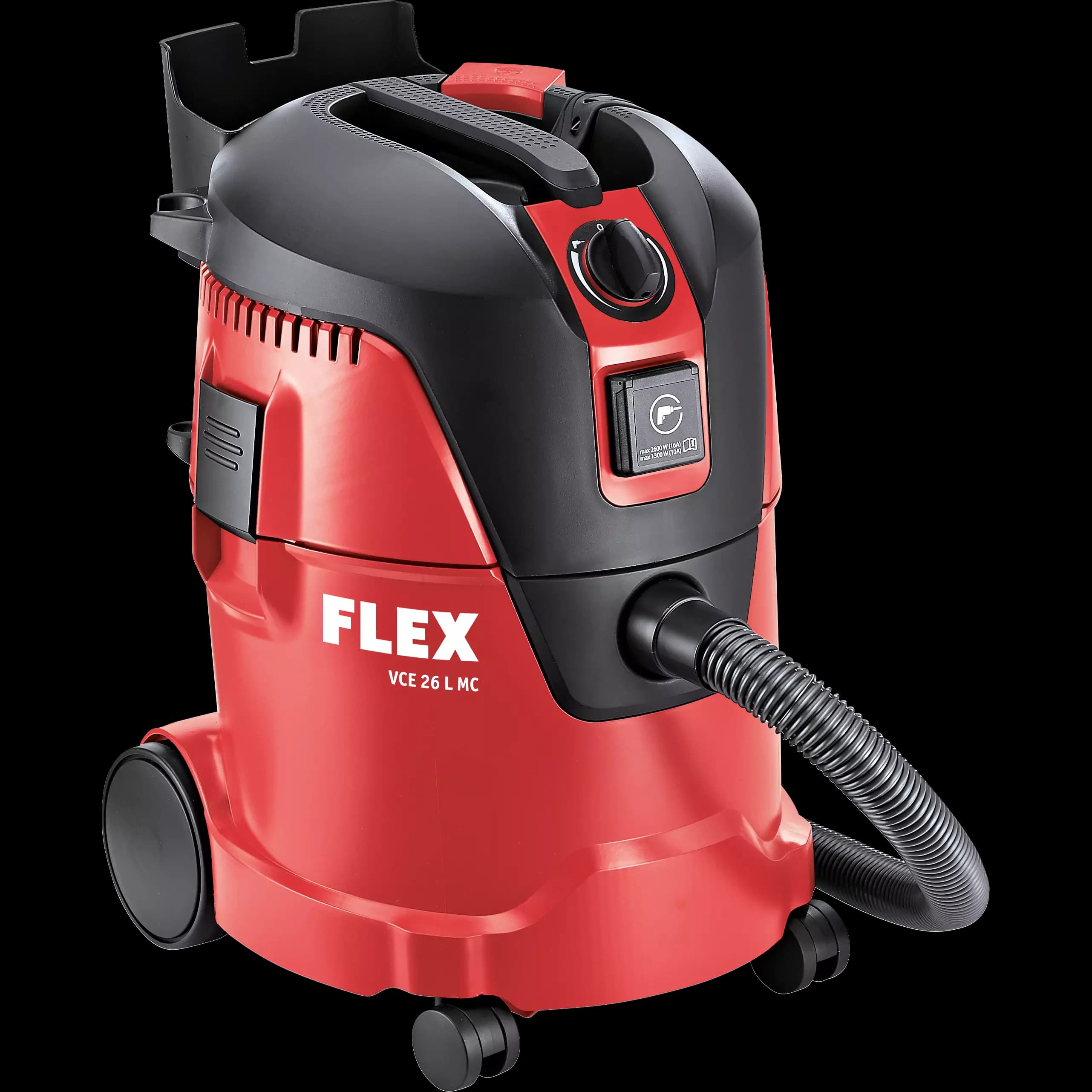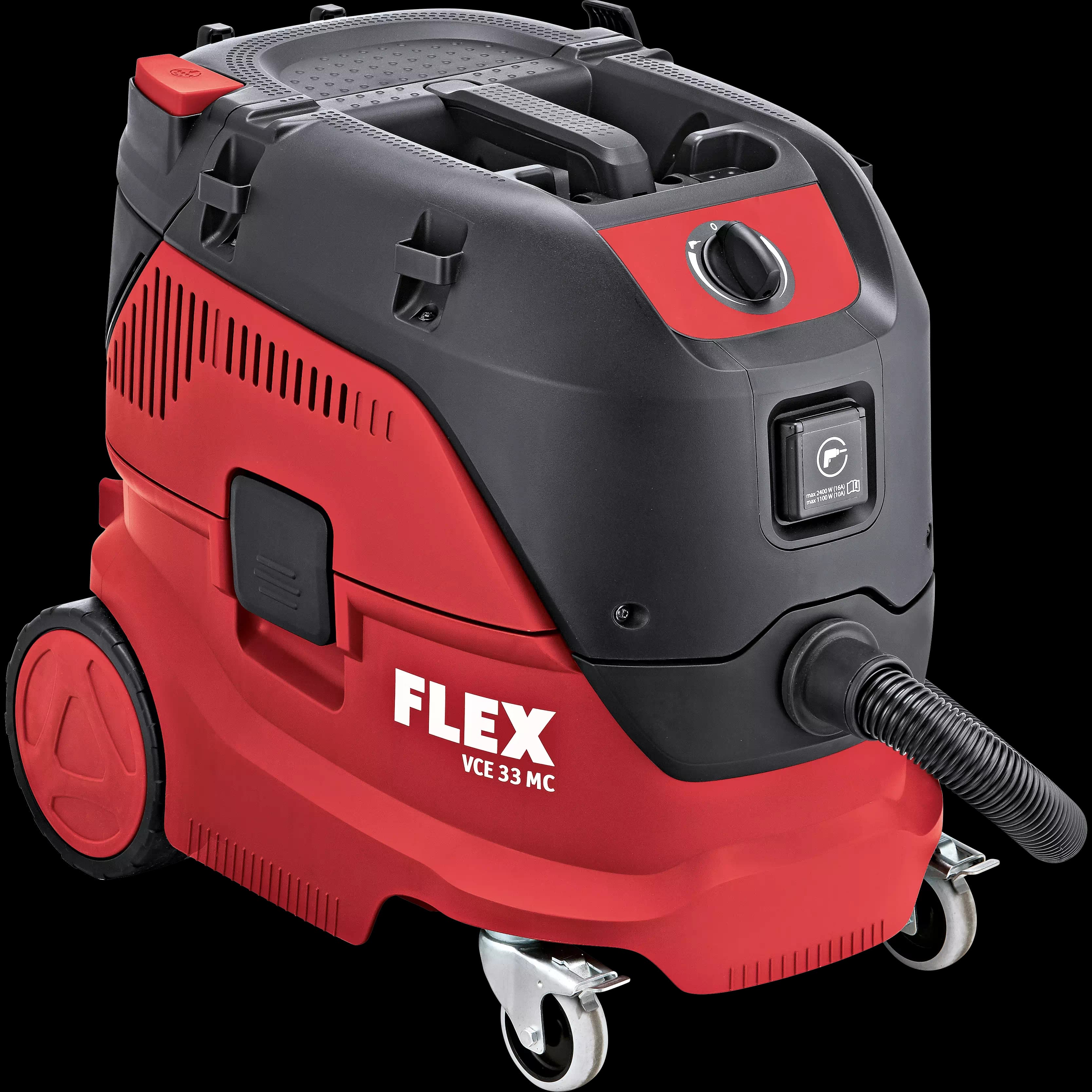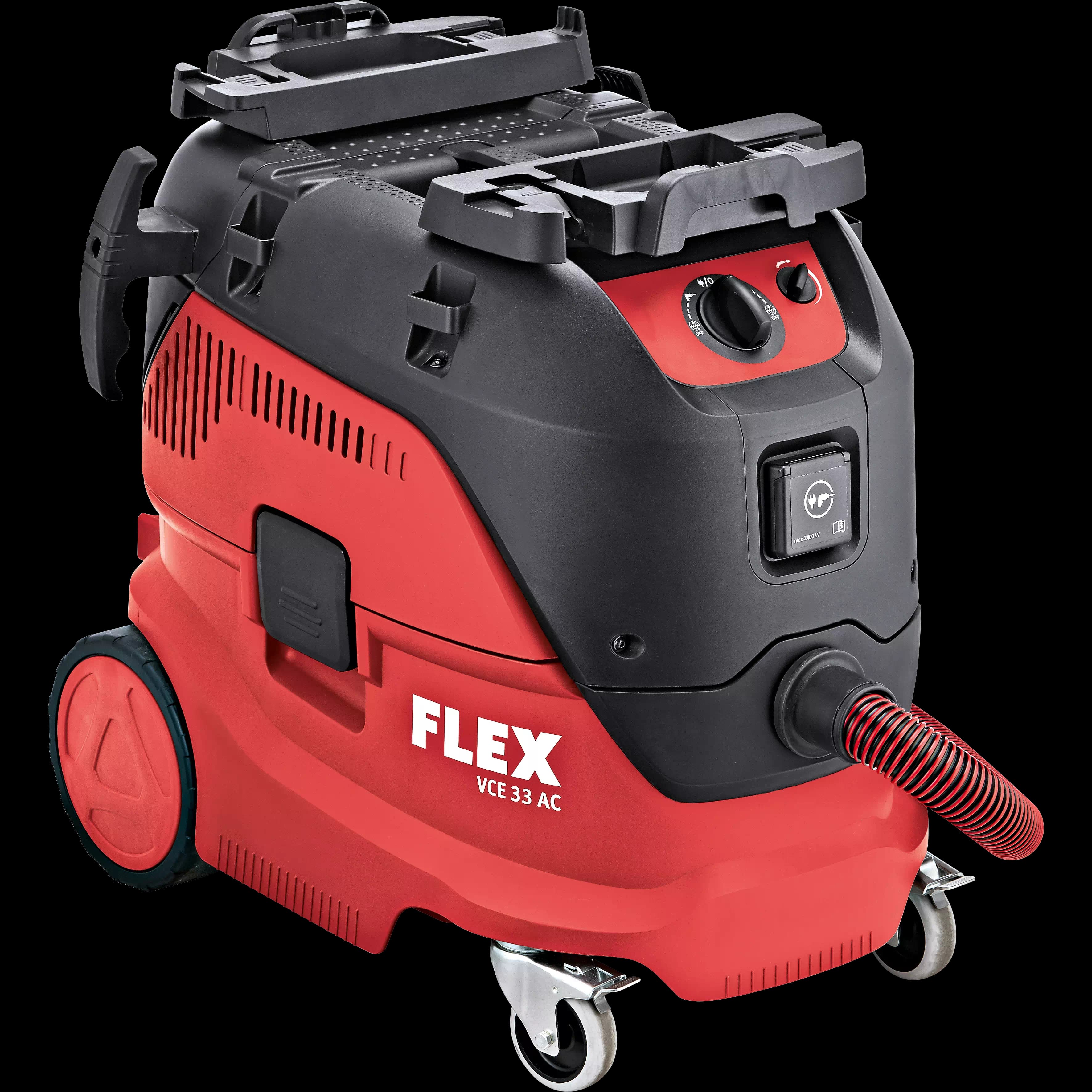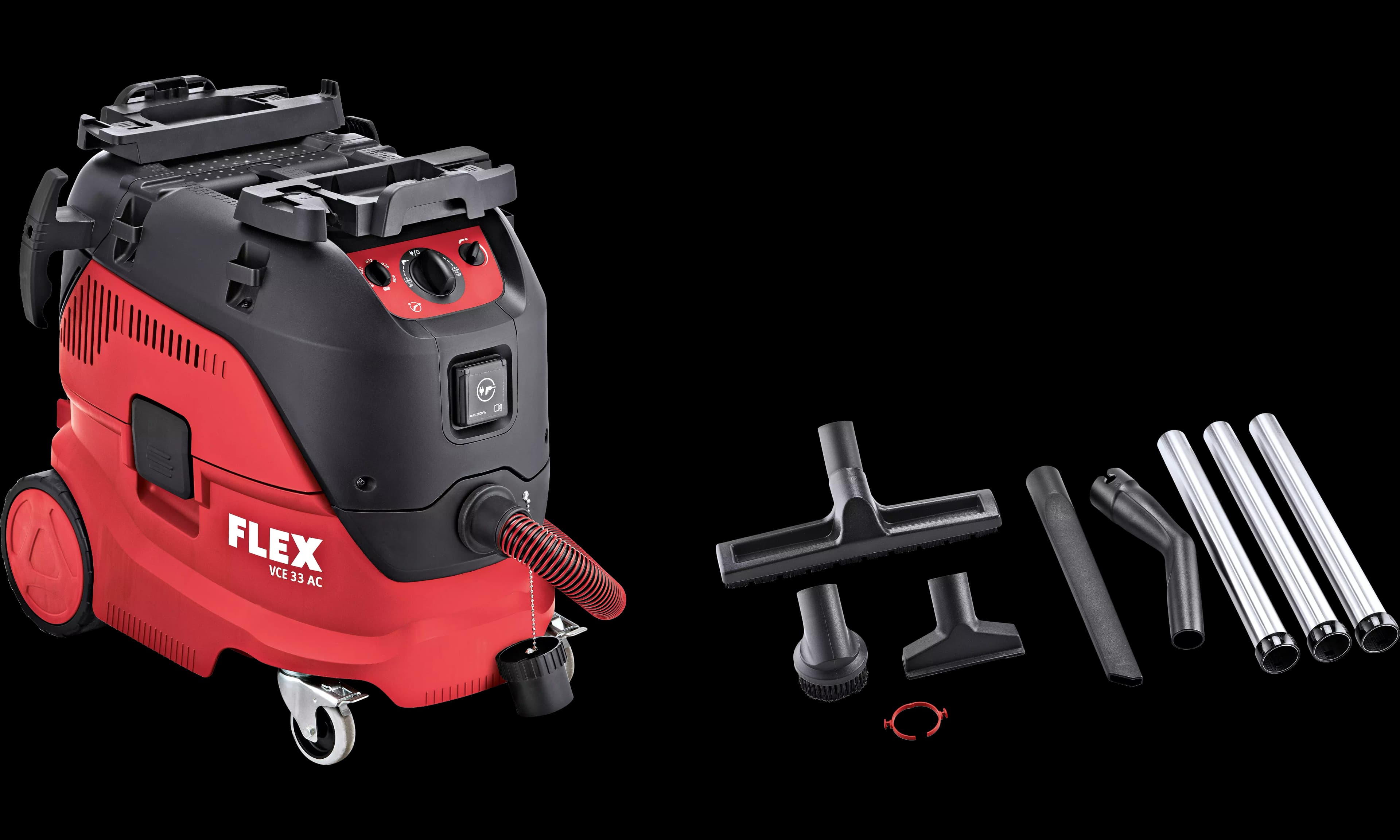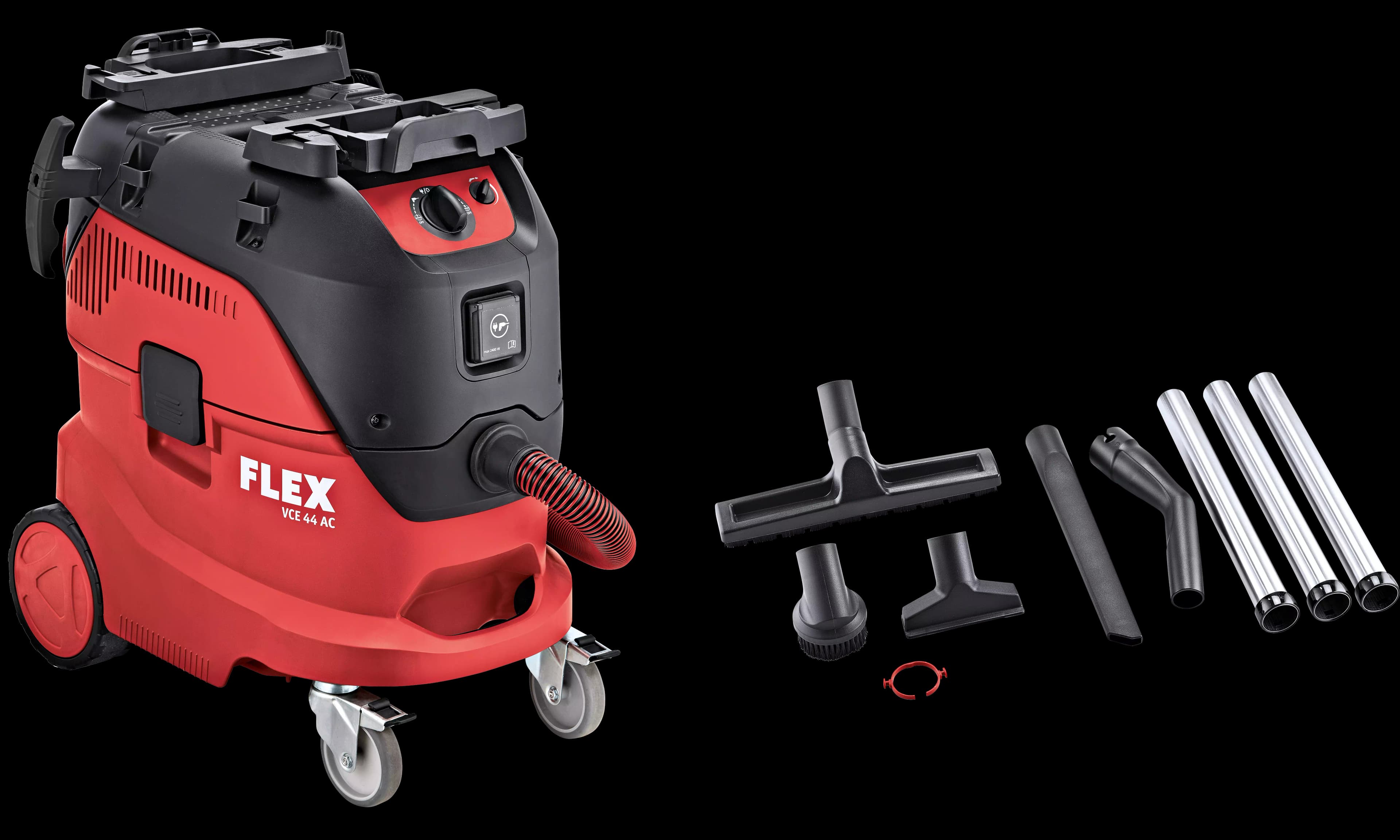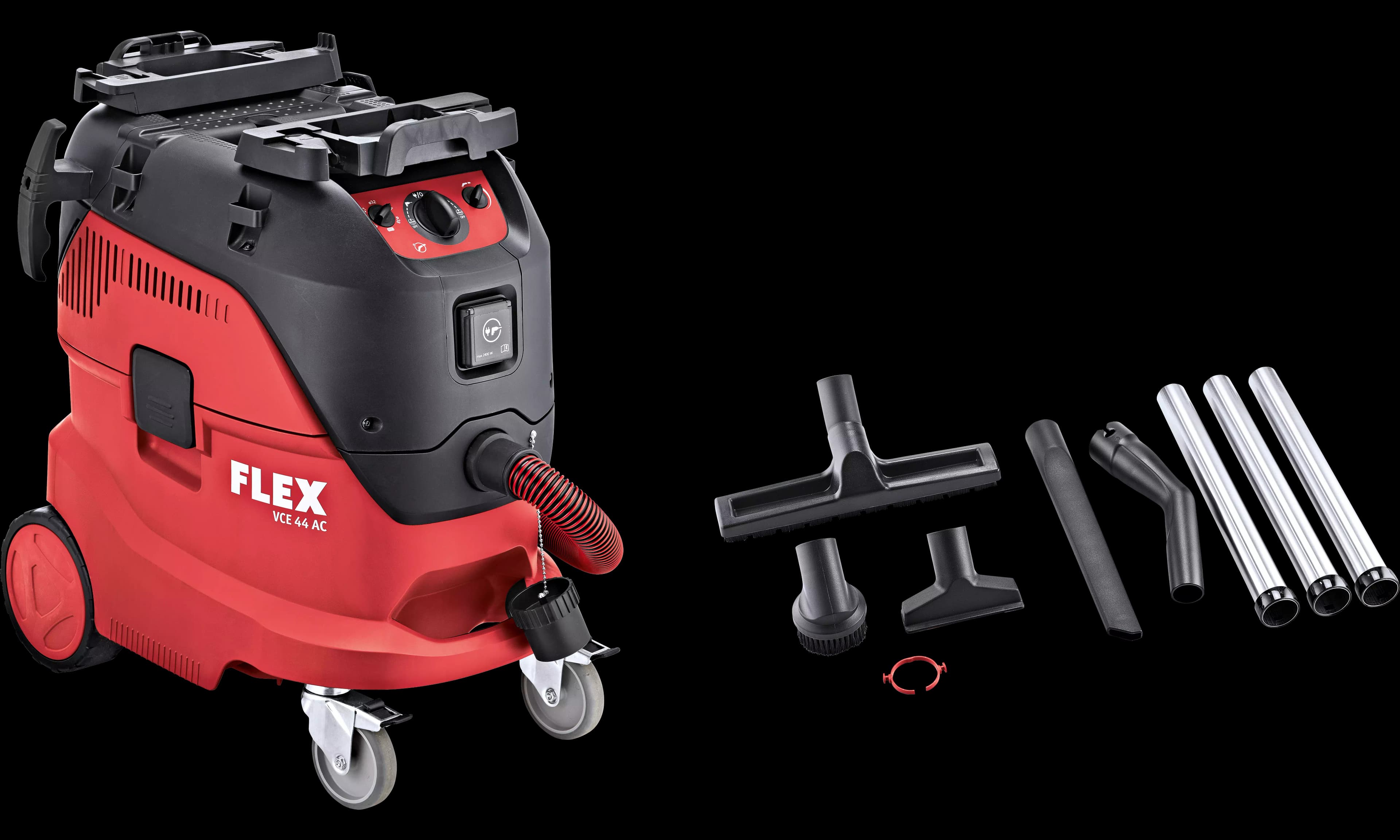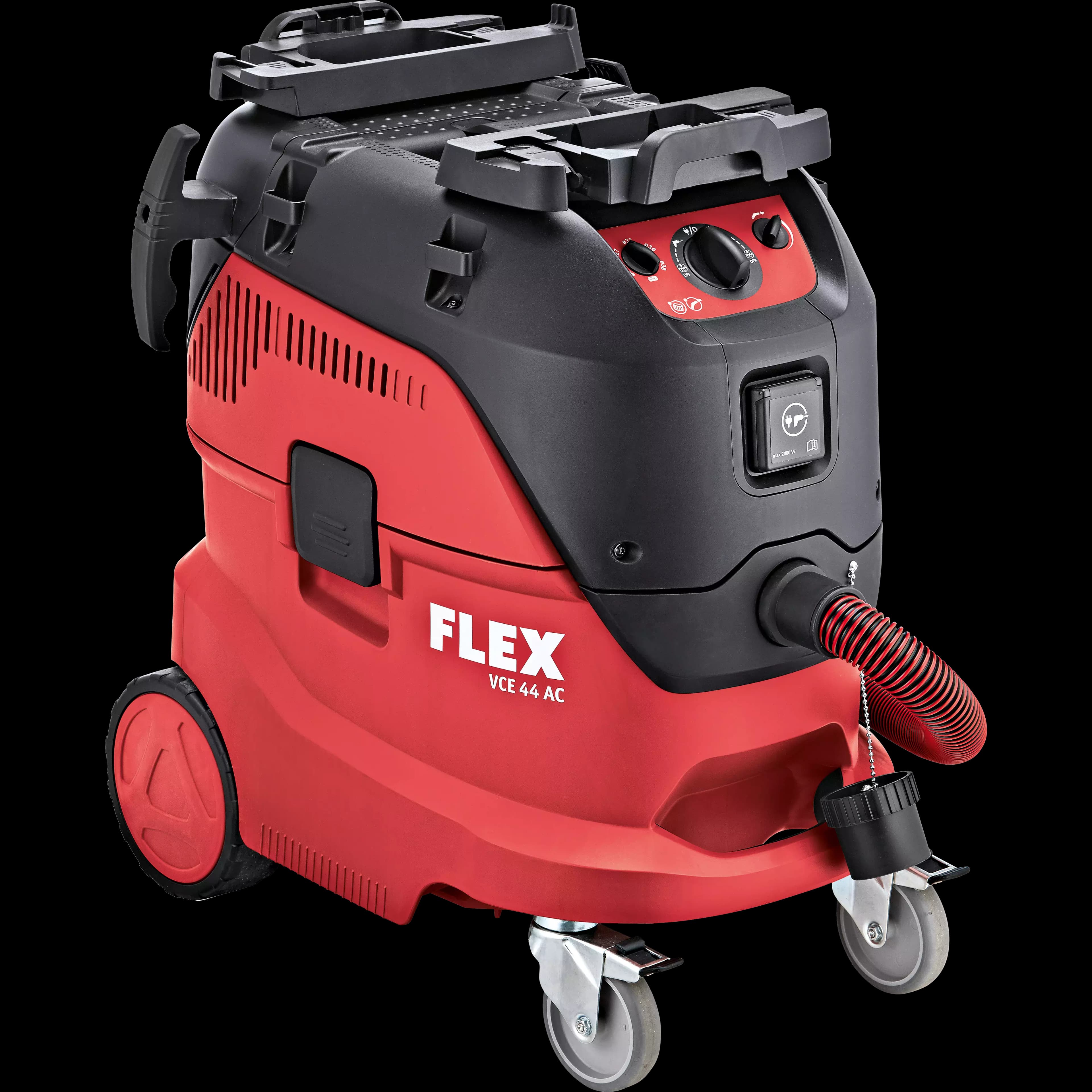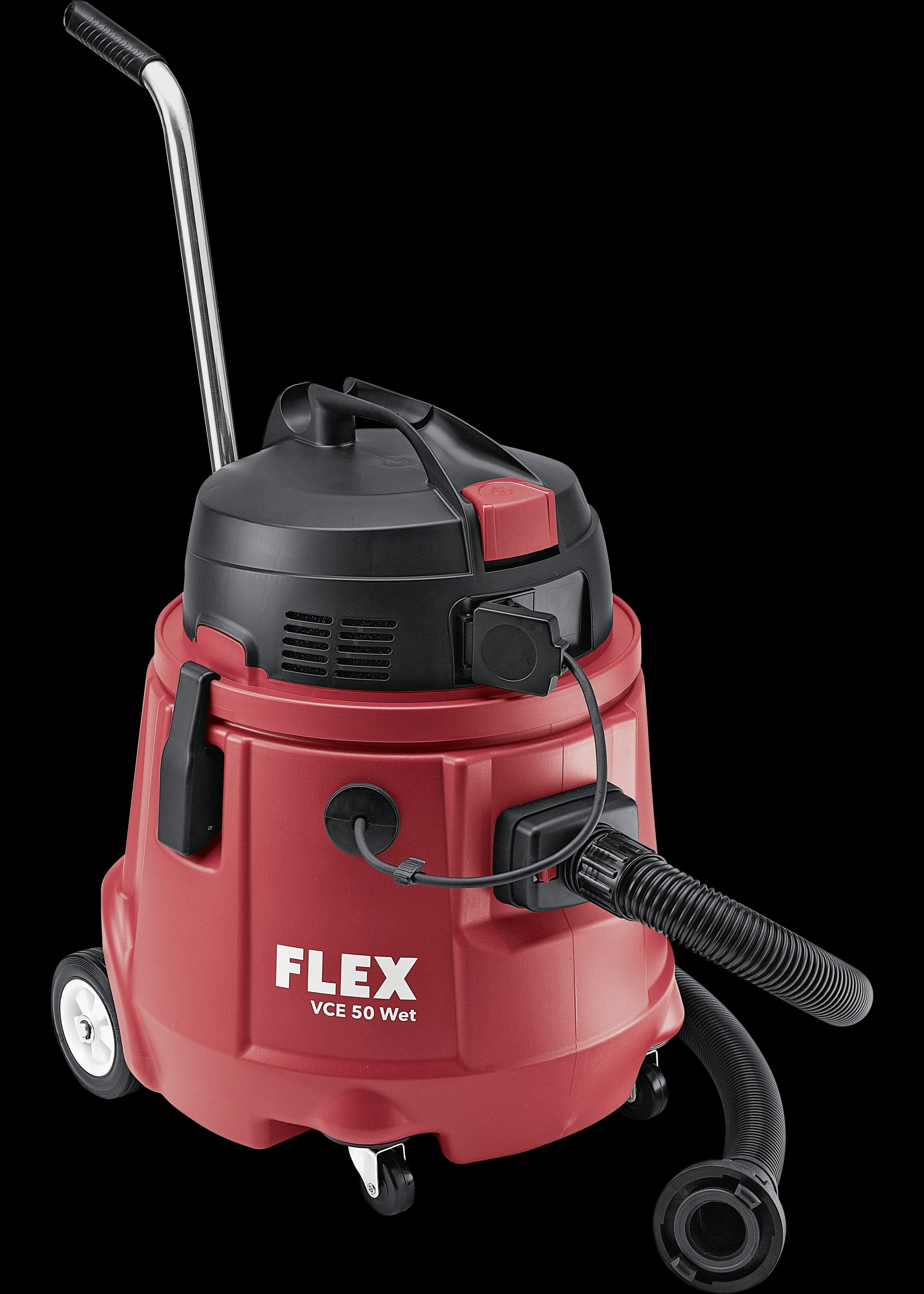Safety vacuum cleaner
The safety vacuum cleaner, also known as an industrial vacuum cleaner, is a vacuum cleaner specially designed for construction sites, workshops and industry. In these areas, vacuum cleaners have to cope with many different types of both dust and as pollutants, and much larger amounts of dirt than is the case in normal households. Safety vacuum cleaners also protect the user's health.
Safety vacuum cleaners or industrial vacuum cleaners essentially differ from household vacuum cleaners in that they have a needs-based design, special filters and a wide variety of safety and additional functions that facilitate dust removal in handicraft or manufacturing processes.
Functions of safety vacuum cleaners
The most important function or goal of a safety vacuum cleaner is to keep the working environment as dust-free as possible. The safety vacuum cleaner ensures that occupational health and safety requirements are met in workshops and on construction sites, and that exposure is kept as low as possible for the user.
Safety vacuum cleaners are used because almost all jobs in handicrafts, construction and industry such as grinding, drilling, sawing and metal-cutting create dust and chips that must be disposed of properly. Safety vacuum cleaners are designed to reliably pick up the pollutants and dust particles that are created. The right industrial vacuum cleaner or safety vacuum cleaner can also be used to dispose of stubborn materials and hazardous substances. However, attention must be paid to the disposal regulations when doing this. Special procedures are stipulated and required for asbestos and mould.
The safety vacuum cleaner's filter ensures that the particles in question are absorbed and are not returned to the environment. Safety vacuum cleaners and industrial vacuum cleaners have filter cleaning systems to prevent them from becoming clogged and their suction power from decreasing. These can be manual or fully automatic. Fully automatic filter cleaning involves the filter being cleaned by abrupt reversal of the air flow. This means that large quantities of fine dust and other particles can easily be picked up without interrupting the work process.
In most cases, a safety vacuum cleaner will suck up solid materials. The most common are dust, wood chips, metal chips and plastic particles. Many industrial/safety vacuum cleaners are what are known as wet-and-dry vacuum cleaners. These have an additional function that allows them to vacuum up liquids such as water. This requires a filter removal or change in most cases.
Unlike an industrial vacuum cleaner, a safety vacuum cleaner not only vacuums up the dust and particles after the job is finished, it also acts as a dust extractor. Safety vacuum cleaners can be connected to a wide range of machines and can vacuum directly on the machine during work. This prevents harmful particles from getting into the air, keeps the workplace clean and protects the user's health.
Uses for safety vacuum cleaners and dust classes
Safety vacuum cleaners are used in a very wide variety of applications. Whether in renovation work or woodworking, dust and dirt accumulate on every construction site and in every workshop.
Depending on the job being done, the dusts created differ in terms of their composition and harmfulness to the environment and humans. Dusts have been categorised into three different dust classes so that they can be identified and disposed of properly. The dust classes provide information about how harmful the dusts are and facilitate the choice of the correct safety vacuum cleaner for a particular job. The dust classes are divided up into L, M and H and are part of the FLEX range.
Dust Class L
Dust Class L stands for slightly hazardous substances. It includes household dust and dusts that are created during activities such as building cleaning. These include sand, lime or plaster. These have occupational exposure limits (OELs) of > 1 mg/m³. The OEL indicates the permeability concentration of a substance up to which acute or chronic harmful health effects are generally not to be expected. The maximum permeability for this dust class is less than 1 % and disposal is not subject to any specific regulations.
Compact vacuum cleaners and cordless compact vacuum cleaners that make working on construction sites and in workshops more flexible and mobile often come under Dust Class L. These vacuum cleaners also make it easier to clean hard-to-reach places.
Dust Class M
Dust Class M stands for medium-hazard dusts. It includes wood and metal dust along with paint particles, but also plastic dust and glass fibre and soot particles. These have an OEL of > 0.1 mg/m³. On these vacuum cleaners, the permeability is less than 0.1 %. Disposal must be carried out with little dust.
Dust Class H
Dust Class H stands for highly dangerous substances. It is at the top of the risk spectrum and includes very hazardous and carcinogenic dusts such as mould spores, mineral fibres, lead or asbestos. Activities where these are encountered include heating system construction or asbestos removal. Dust Class H is approved for substances with OEL values of < 0.1 mg/m³ and the maximum permeability is less than 0.005 %.
FAQ
Which dust class is better - M or L?
It is hard to define which dust class is better. The dust class to be used always depends on the working environment and which dusts need to be eliminated. Dust Class L is sufficient for household dust or plaster, whereas Dust Class M is required for substances such as mineral dust.
Which dust class for DIY enthusiasts?
For DIY enthusiasts too, the particular job being done is crucial. Normally, Dust Class L safety vacuum cleaners are sufficient for the purpose of a house extension or conversion. If a DIY enthusiast works with a lot of minerals, Class M should be used for that too. Dust Class H is rarely used by DIY enthusiasts because the dust in this class can pose a major health hazard.
Which dust class for professionals?
Dust Class M is generally stipulated on building sites. Dust Class H vacuum cleaners or Dust Class H vacuum cleaners with asbestos approval (a) are mandatory for special work such as renovation where mould or asbestos are present. The general rule is that work such as asbestos removal should only be carried out by specialist professionals who have received the appropriate training.
Which dust class does wood dust fall into?
Wood dust is a medium-hazard substance, which is why it is assigned to Dust Class M.
